Planning a trip to Peru can feel overwhelming because there are so many famous spots and hidden gems to choose from. Most travelers already know about Machu Picchu, but there are other places that can make your journey even more memorable. From a desert oasis surrounded by giant dunes to coastal reserves where the desert meets the ocean, each stop has something different to offer.
This guide focuses on the most interesting places in Inca Peru and nearby areas, with clear suggestions on what to do, how long to spend, and tips to make the most of your visit. Instead of just giving descriptions, you’ll find advice you can actually use while planning your trip or even while standing at these locations.
Paracas National Reserve – The Desert Meets the Sea
Imagine standing in a place where a dry desert rolls right into the ocean. That’s what you’ll find at Paracas National Reserve, located a few hours south of Lima. This protected area is best for travelers who want a quick stop between Lima and Ica, or those who are curious about Peru’s unique landscapes beyond mountains and ruins.
The scenery here is raw and beautiful, with red cliffs dropping into blue water. You won’t need more than half a day to explore, so it’s perfect as a side trip. Many travelers join a tour that includes a stop at the reserve and the nearby Islas Ballestas (sometimes called “the poor man’s Galapagos” because of its wildlife). Expect to see sea lions, penguins, and plenty of birds if you take the boat trip.
Tips to maximize your visit: wear layers because the wind can be chilly even though you’re in the desert, and bring sunscreen because there’s little shade. If you’re short on time, this spot is great for a quick experience before moving on to Ica. You can read more about Paracas and tours at Peru’s official tourism site.
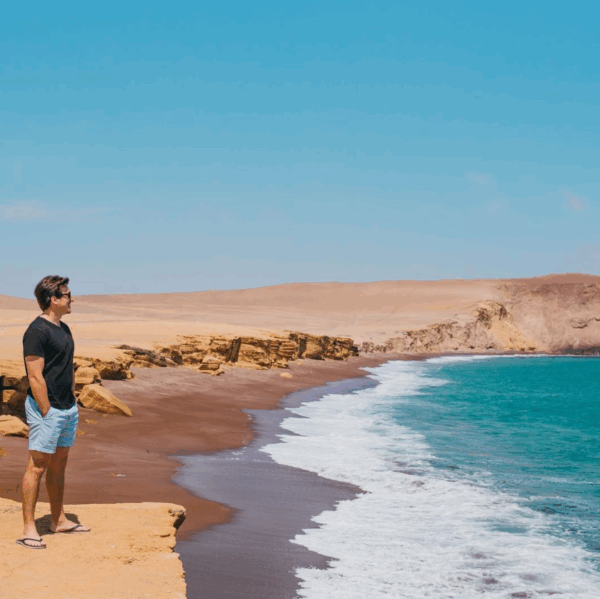
Huacachina Oasis – A Desert Town Built Around a Lagoon
From Paracas, make your way inland to Huacachina, one of the most unique places in Peru. This tiny town looks almost unreal. It’s an oasis surrounded by massive sand dunes, some as tall as 20 to 25 stories. The lagoon in the middle is bordered by small hotels, bars, and restaurants, making it a lively stop for travelers.
The best part about Huacachina is not just seeing it but experiencing it. If you’re up for an adrenaline rush, book a dune buggy ride and hold on tight as the driver speeds up and down the dunes. It feels more like a rollercoaster than a ride, and most tours also include sandboarding, where you can slide down the dunes on a board. If you’re not into thrills, you can simply climb one of the dunes at sunrise or sunset and enjoy the view.
A personal recommendation is to wake up early and hike to the top of a dune before the crowds arrive. The sand feels cool under your feet, and as the sun rises, the golden light on the fog rolling over the lagoon makes for unforgettable views. If you’re not much of a hiker, there are plenty of casual restaurants around the oasis where you can relax and just take it all in.
Huacachina is a must-see because it’s so different from anywhere else in Peru. Plan to spend at least one night here so you can see both sunrise and sunset over the dunes.
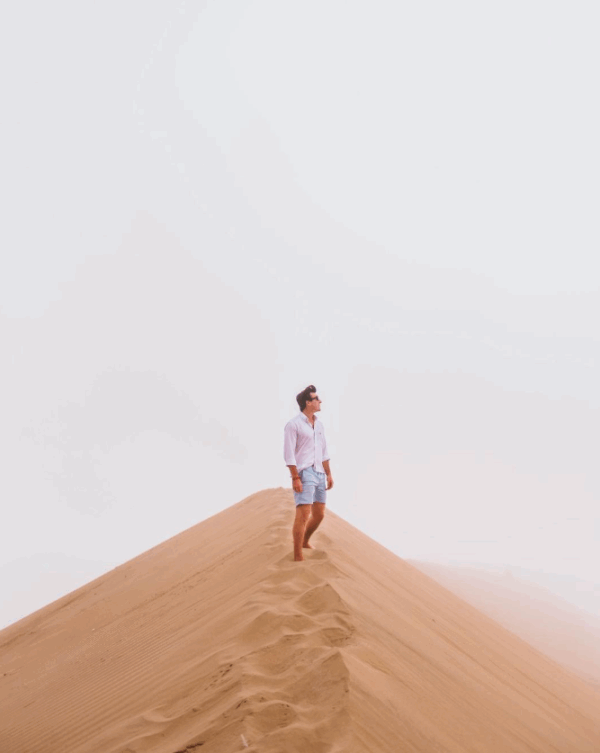
Machu Picchu – The Main Attraction
It’s no secret that most people fly to Peru with one goal: Machu Picchu. This ancient Inca city set high in the Andes lives up to the hype. But to enjoy it fully, you need to plan carefully because entry is limited and tickets often sell out months in advance.
There are two main ways to see Machu Picchu. The first is to take the train from Cusco to Aguas Calientes, then the bus up to the site. This is the most comfortable and fastest way, but it also means sharing the experience with large crowds. The second way is to hike the Inca Trail, which is a four-day, 26-mile trek through the Andes that ends with arriving at Machu Picchu by foot. This route is tough and requires advance booking, but it’s also one of the most rewarding experiences you can have in Peru.
Inside Machu Picchu, you’ll notice two main sections. One side is where the people lived, with stone homes and pathways. The other side is made up of terraces where farming once took place. Today, llamas wander freely around the terraces, making the whole place feel even more surreal.
To maximize your visit, book a morning entry if you want to see Machu Picchu with fewer crowds. Bring water, wear sturdy shoes, and don’t overload your backpack because only small bags are allowed. If you want to dig deeper into history, consider hiring a guide on-site—they can point out details you might otherwise miss. For official ticket info, visit Machu Picchu government website.
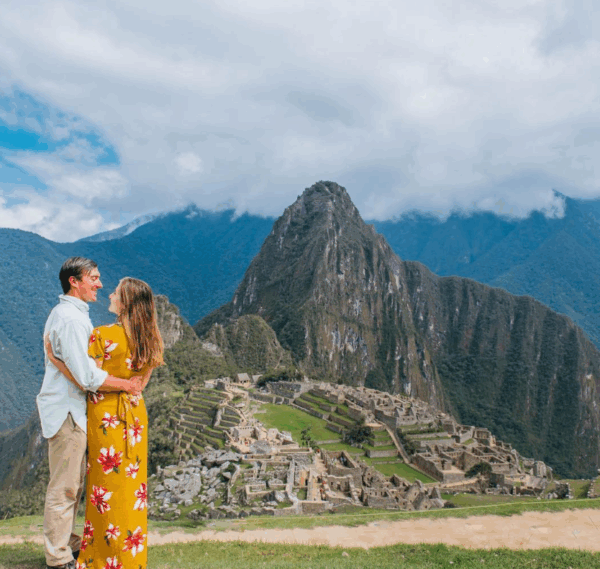
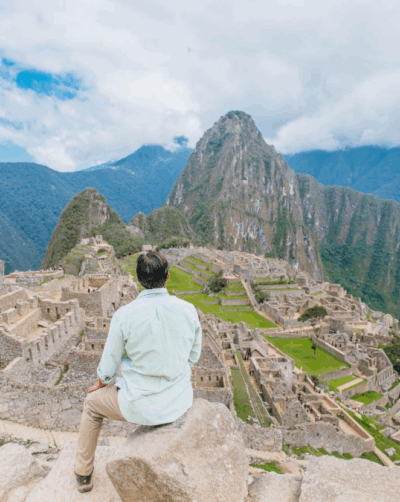
Huayna Picchu – The Mountain Next to Machu Picchu
For those who want an even more dramatic view, Huayna Picchu is the steep mountain you see in most iconic photos of Machu Picchu. Hiking it is not easy. The trail is narrow, steep, and climbs nearly 1,000 feet above the ruins. Only 400 people per day are allowed to hike it, so tickets must be purchased well in advance along with your Machu Picchu entry.
If you can manage the climb, the reward is worth it. From the top, you get the best panoramic shots of Machu Picchu below. But be prepared for sore legs the next day. It’s short compared to the Inca Trail, but it feels more like climbing than hiking.
For safety, wear proper shoes with grip and go slow. This is not a hike for anyone afraid of heights, but if you’re looking for the ultimate viewpoint, it’s unforgettable.
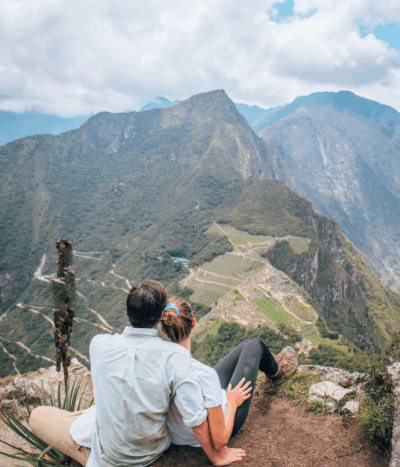
Intipata – Lesser-Known Inca Ruins
One of the hidden gems along the Inca Trail is Intipata, a set of terraced ruins overlooking the valley. It’s often missed by travelers who don’t do the full trek, which makes it even more special.
When you arrive here, you’ll notice how peaceful it feels. Llamas sometimes graze along the terraces, and the view of the valley stretches out endlessly. It’s the kind of place where you’ll want to sit down, catch your breath, and just take it all in after a long day of hiking.
This stop is especially memorable at the end of day three of the trail. The mix of history, nature, and quiet makes it one of those experiences you’ll remember long after your trip. Even if Machu Picchu is the highlight, Intipata shows you a different side of Inca life, away from crowds.
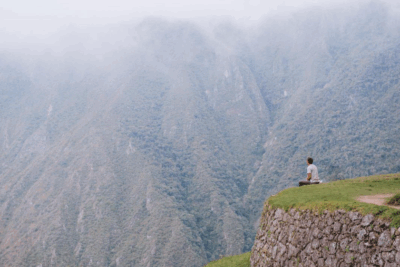
Hiking the Inca Trail
If you’re debating whether to hike the Inca Trail or take the train, it really comes down to what kind of experience you want. The four-day trek is challenging. On day one, you’ll start at around 9,000 feet above sea level and walk six hours with ups and downs. On day two, you’ll face the toughest part: Dead Woman’s Pass, which climbs to almost 14,000 feet. This day alone can leave you exhausted, especially if you’re carrying a heavy backpack.
Many hikers hire porters to carry their bags, and if you have the budget, it’s highly recommended. Without porters, the trail can feel overwhelming. Days three and four are a bit easier, with more downhill sections and changes in scenery—from high mountains to jungle valleys.
Along the way, you’ll pass by smaller ruins, farming terraces, and thick forests. The trail is not just about reaching Machu Picchu, but about experiencing landscapes and sites that most tourists never see. If you decide to hike it, book months ahead since permits are limited. Also, prepare physically by doing some hikes at home before your trip.
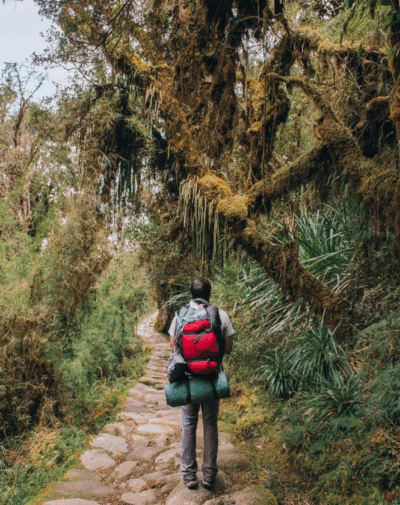
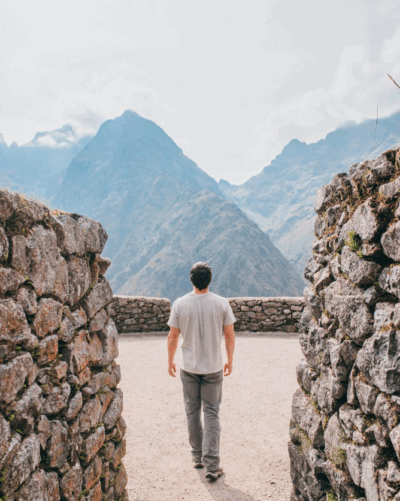
Making the Most of your Time in Peru
With so many unique places to explore, the best way to maximize your trip is to think about balance. Start your journey in Lima if you’re flying in internationally, then make your way south to Paracas and Huacachina for desert and coastal experiences. After that, head inland to Cusco, the Sacred Valley, and finally Machu Picchu. This route gives you a mix of landscapes—desert, ocean, and mountains—without backtracking too much.
Keep in mind that high altitude can affect your energy, especially in Cusco and on the Inca Trail. Plan at least a day to rest and adjust before starting strenuous hikes. Drink plenty of water, eat light meals when you first arrive at higher elevations, and take it slow until you feel comfortable.
If your trip is short, focus mainly on Cusco, the Sacred Valley, and Machu Picchu, since these are the highlights. But if you can spare more time, adding Huacachina and Paracas makes your itinerary more diverse and exciting. For more details on planning your stop in Huacachina, check out our blog here.
Final Thoughts
Traveling through Inca Peru is not just about checking off a famous wonder of the world. It’s about discovering the mix of landscapes, from deserts and sand dunes to lush valleys and ancient terraces. Whether you want to relax at an oasis, race through sand dunes on a buggy, or push yourself up steep mountain trails, there’s something for every kind of traveler here.
If you use this guide as a rough plan, you’ll be able to see both the highlights and the hidden corners. Peru is best when you combine the well-known sites with the unexpected ones, and places like Intipata or Huacachina show that the country has more to offer than just Machu Picchu.
Header
Text
As always, my thoughts and opinions are my own.
Angie xoxo


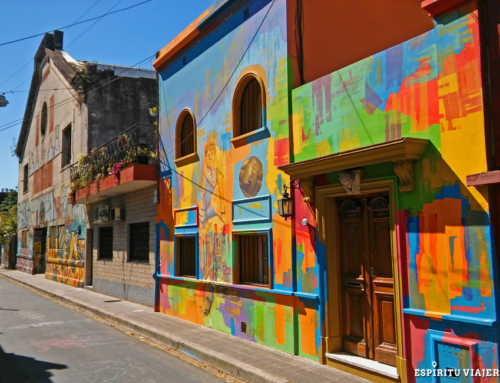
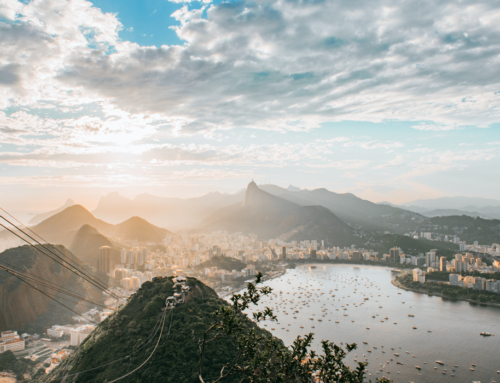
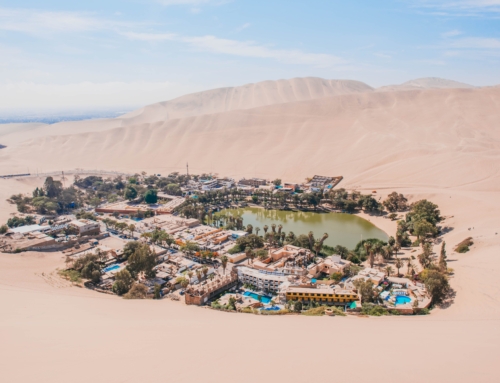
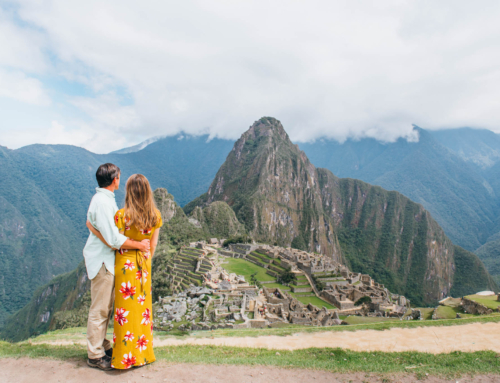
Leave A Comment